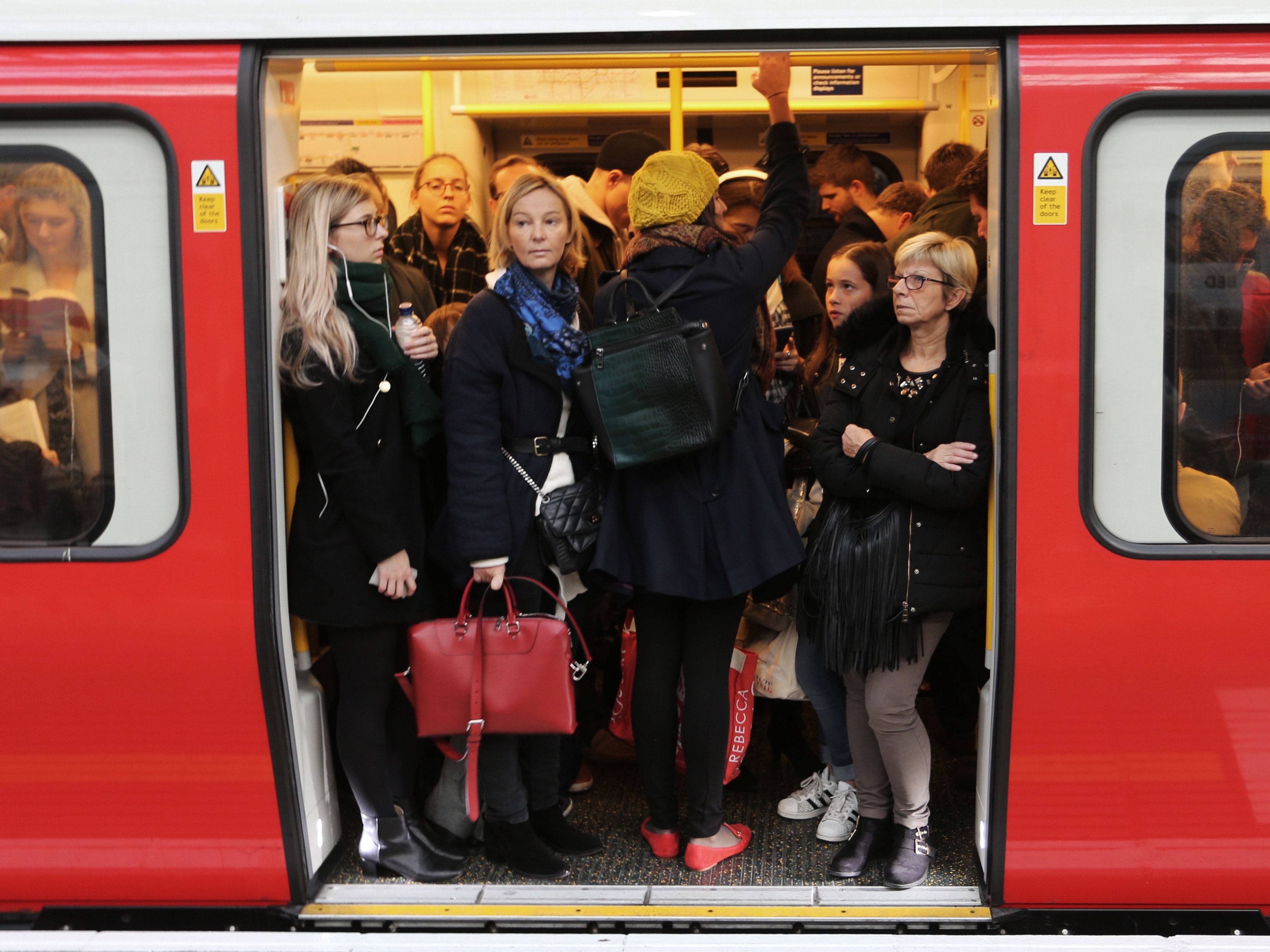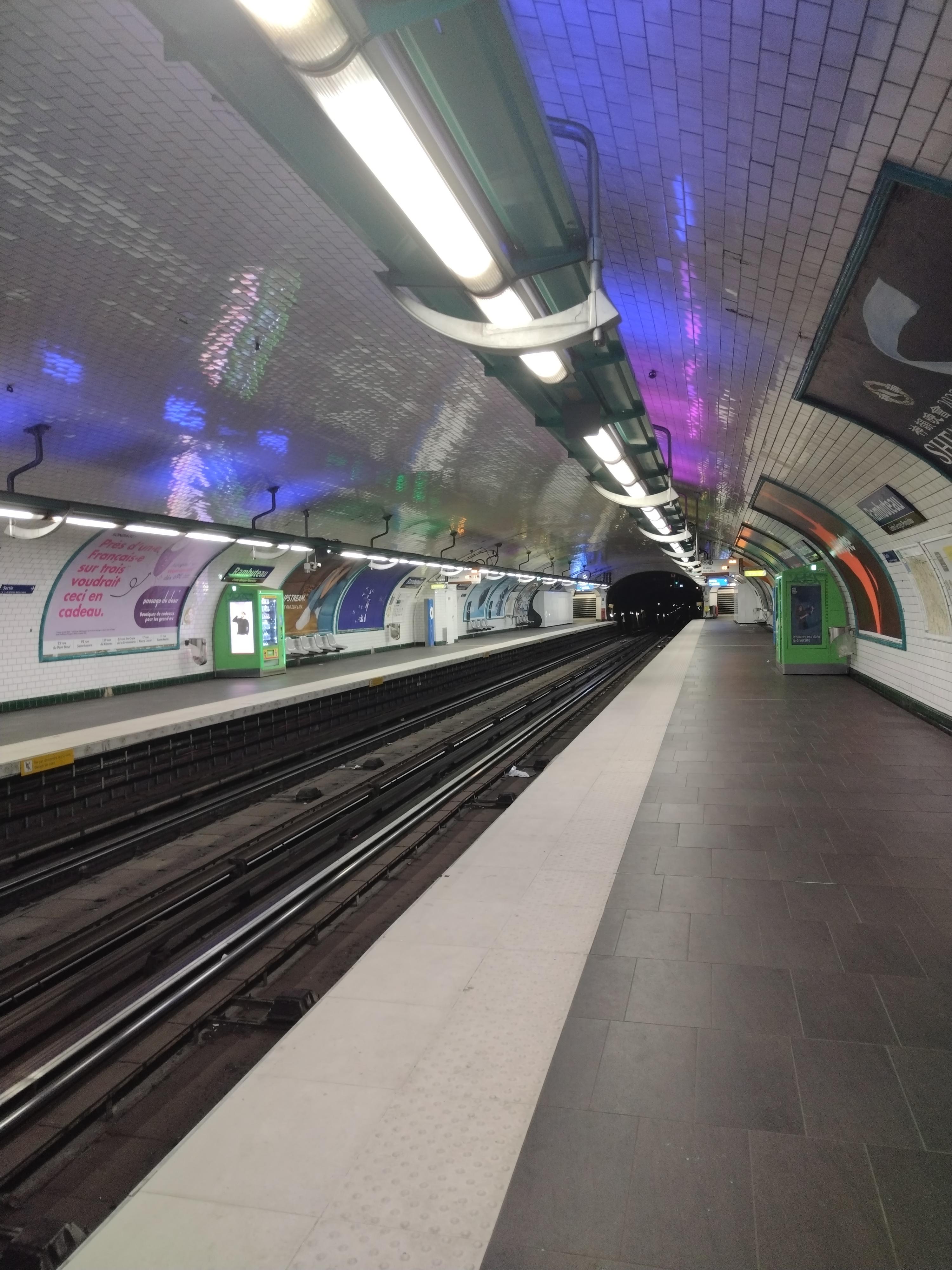Timing is Everything
More often than not, you will find yourself fighting the crowds during your daily commute. Personally, I don’t like to deal with mass, rush hour groups of people moving and getting pushed and bump, and having to squeeze myself on crowded subways
One thing I learned while traveling abroad a lot is that timing is everything. If you arrive “just in time” to the airport, you will have to deal with all the other people that arrived “just in time” as well. This means, longer security lines, longer check-ins, longer everything. I usually arrive - most of the time - way earlier than needed. This gives me the advantage of not having to deal with the pressure of having to go through things quickly, and allows me to choose how and when I can go through the security check. I also learned to pre-game a lot of other things during international and domestic flights.

If you think about it a little, the same can be applied to commuting every day. You know the times where the big rush happens. You know when the subways and buses, or even streets are the busiest. Can you go around it? Can you find that time when you can avoid it and make your commute smoother?
That’s what I did when I started commuting into the big city. It took me a few weeks of understanding the flow of people, and - granted sometimes random things happen - how the different days of the week affect the flow of people. It’s just a matter of observing and taking mental notes.
Once I identified the main rush-hour picks, in both directions, I started playing with the timing. I first focused on the commute to the city, trying to calibrate how much earlier I needed to leave in order to get to the subway before the people began flooding the stations. It took a few days, but I found the sweet spot. Then I focused on the way back from the office, and again, I had to figure out the best time to leave in order to avoid the masses. In the end, I had a good working program that - if I need to give it a success rate - allowed me to avoid crowds about 85-90% of the time. It’s a great number.

Of course, the city has its own life, and often things just don’t go according to the normal. That’s when you need to understand that time is not in your hands at that moment. Sometimes, when those things happen, I opt for not taking public transportation, and I walk. By walking, I can have some level of control, and I can choose the best route to my train station. Avoiding any crowds if I need to, avoiding any happenings in the city, if there is one, and generally speaking, allowing my stress levels to remain low. During those times where I had to walk, I discovered things in the city that I didn’t know about, so it was also a successful reconnaissance mission.
Timing is everything. In order to make time work in your favor, you first need to understand your environment. So, take a moment to observe how you commute, the times where that commute is the busiest, and what’s the level of pay you have in order to get to work (sometimes you are constrained by the time you need to be at the office…). Once you understand your daily environment, and its timing, then make a few test runs of how you would try to avoid them. It’s fun, and it’s rewarding.